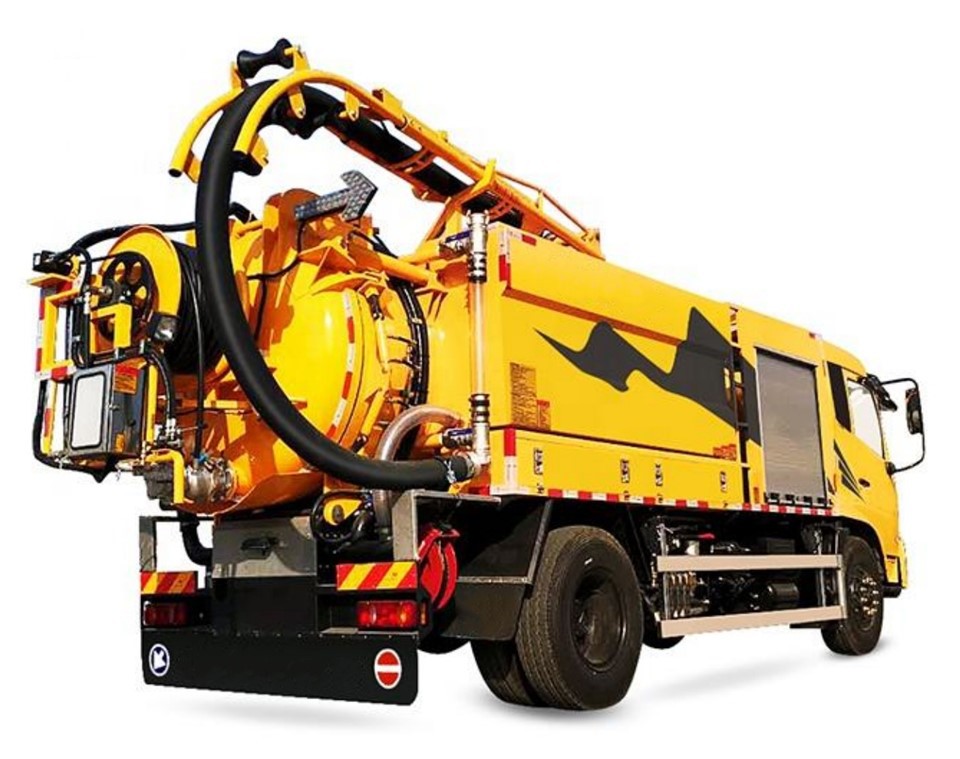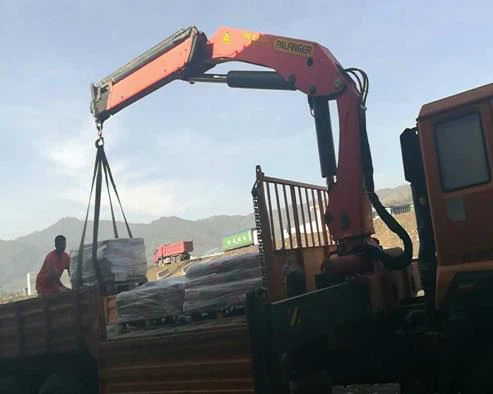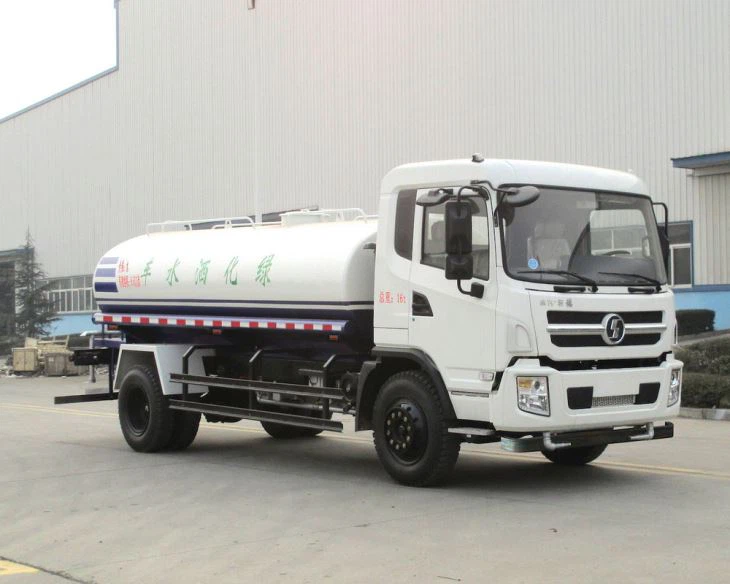New Refuse Trucks: Revolutionizing Waste Management

As cities grow and populations increase, the need for efficient waste management solutions becomes more pressing. New refuse trucks play a critical role in addressing the challenges faced in waste collection and disposal. In this article, we will explore the latest innovations, technologies, and trends surrounding new refuse trucks, highlighting their design, features, and benefits. From sustainability to operational efficiency, we will cover it all.
What Are Refuse Trucks?
Refuse trucks are specialized vehicles designed to collect and transport waste materials. They are equipped with various features such as compaction mechanisms, hydraulic systems, and specialized containers to handle different types of refuse. The evolution of refuse trucks has led to significant improvements in their effectiveness and environmental impact.
Importance of New Refuse Trucks
New refuse trucks are crucial for modern waste management systems. The increasing amount of waste generated daily requires trucks that can operate efficiently, minimize environmental impact, and ensure public health safety. Here’s why they are important:
- Enhanced Efficiency: New models are designed to optimize collection routes and reduce operational downtime.
- Environmental Benefits: Many new trucks feature eco-friendly technologies, reducing emissions and promoting recycling.
- Safety and Comfort: Modern refuse trucks incorporate safety features and ergonomic designs for operators.
Key Features of New Refuse Trucks
The latest models of refuse trucks come with an array of features that enhance their performance. Some notable features include:
1. Advanced Compaction Systems
New refuse trucks often have improved compaction systems that allow for more waste to be collected per trip. This results in fewer trips to disposal sites, lowering fuel consumption and operating costs. For example, some models can compact waste to a ratio of up to 5:1.
2. Automated Collection Systems
Automation is a significant trend in refuse truck design. Many new models incorporate automated arms that can pick up bins without manual labor, increasing safety and efficiency.
3. Eco-Friendly Engines
With a growing focus on sustainability, many manufacturers are producing trucks that use alternative fuels such as compressed natural gas (CNG) or electric engines. These options reduce carbon emissions significantly compared to traditional diesel engines.
4. Smart Technology Integration
New refuse trucks are often equipped with smart technology that enables GPS tracking, route optimization, and real-time data reporting. This improves transparency and enables better logistical planning.
Trends in Refuse Truck Design
The design of refuse trucks is continually evolving to meet modern demands. Some trends include:

1. Ergonomic Design for Operators
Comfort and safety for truck operators are paramount. New designs are focusing on creating ergonomic seating and control systems that reduce strain and fatigue during long shifts.
2. Modular Design

Many new models feature modular designs, allowing easy upgrades and repairs. This facilitates better maintenance and extends the vehicle’s service life, providing cost savings over time.
3. Increased Storage Capacity
To accommodate growing waste volumes, manufacturers are developing trucks with larger containers and bins, minimizing the need for multiple trips and optimizing route efficiency.
The Role of Sustainability in New Refuse Trucks
Sustainability is a focal point for new refuse truck developments. Many manufacturers are implementing initiatives to reduce the carbon footprint of their vehicles. These include:
1. Recycling and Waste Diversion Technologies
New refuse trucks are often equipped with technologies that help sort recyclable materials directly at the landfill or transfer station. This promotes waste diversion and reduces landfill dependency.
2. Electric Refuse Trucks
Electric refuse trucks represent a significant advancement in sustainable waste management. They operate without emissions, contributing to cleaner air in urban environments. Cities like Los Angeles and San Francisco are beginning to utilize electric refuse trucks as part of their green initiatives.
3. Energy Recovery Systems
Some new models include energy recovery systems that harness kinetic energy or excess heat, converting them into usable power to assist with vehicle operations, further improving efficiency and sustainability.
Practical Examples of New Refuse Trucks
Here, we present a few practical examples of new refuse truck models and their unique features:
| Truck Model | Key Features | Sustainability Aspect |
|---|---|---|
| Peterbilt Model 520 | Automated arm, high compaction rates | Available in CNG and electric versions |
| Freightliner eCascadia | All-electric, quiet operation | Zero emissions, ideal for urban areas |
| International DuraStar | High visibility cab, ergonomic controls | Optional hybrid and clean diesel options |
Choosing the Right Refuse Truck for Your Needs
Selecting the appropriate refuse truck requires consideration of several factors:
1. Type of Waste
Different refuse trucks are suited for various waste types, such as residential, commercial, or recyclable materials. Knowing the primary waste source is essential for making an informed choice.
2. Urban vs. Rural Collection
Urban environments may require smaller, more maneuverable trucks, while rural areas can often accommodate larger vehicles. Assessing your geographic area is crucial.
3. Budget Constraints
Refuse trucks can vary widely in price. Determine your budget and weigh the long-term savings associated with advanced technologies against the initial investment.
FAQs About New Refuse Trucks
1. What are the typical lifespans of new refuse trucks?
On average, new refuse trucks can last between 10 to 15 years with proper maintenance, though some high-quality brands may exceed that lifespan.
2. How do automated refuse trucks work?
Automated refuse trucks use hydraulic arms and specialized grappling mechanisms to lift and dump waste bins into the truck without manual intervention, significantly reducing labor needs.

3. Are electric refuse trucks more expensive than diesel models?
While the initial cost of electric refuse trucks may be higher, the operational and maintenance costs are usually lower, leading to potential long-term savings.
4. How frequently should refuse trucks be serviced?
Refuse trucks should ideally be serviced every 3,000 to 5,000 miles, but this can vary based on usage and manufacturer recommendations.
5. What safety features are included in new refuse trucks?
Modern refuse trucks often include features like rearview cameras, sensors for blind spots, emergency braking systems, and improved visibility from the cab to enhance operator safety.
6. Can new refuse trucks be customized?
Yes, many manufacturers offer customizable options to fit specific needs, including different body styles, compaction ratios, and engine types to best suit operational requirements.
